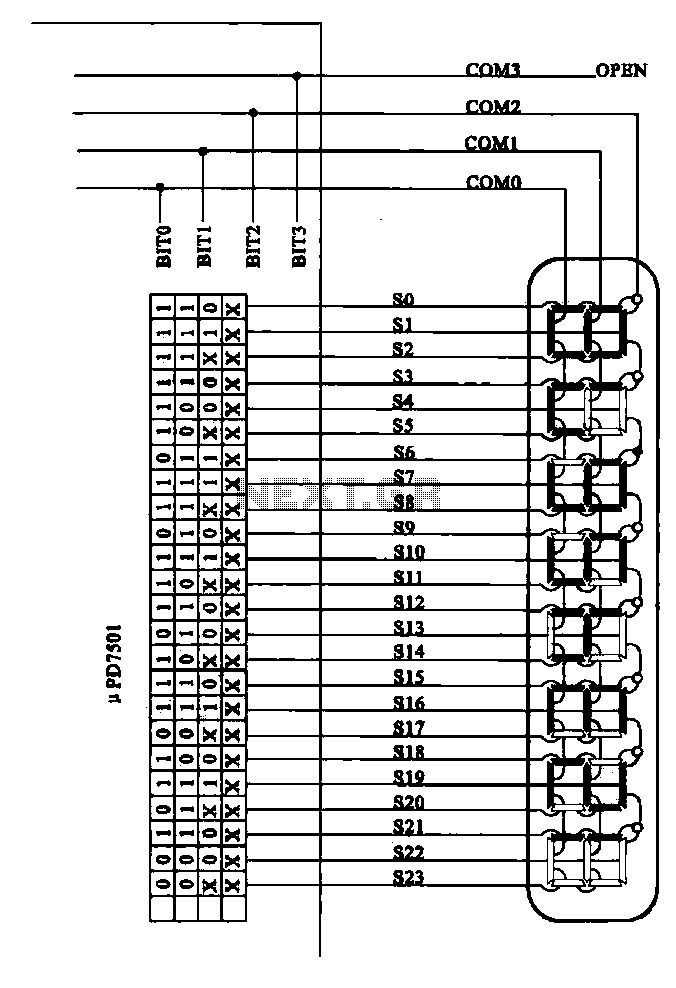
MGT Lifetime/Universal Disc Drive

The Lifetime Drive, later renamed the Universal Drive due to concerns regarding implied warranties, was manufactured by Miles Gordon Technology (MGT) in April 1989. This floppy drive was designed to connect to most popular computers of that era. MGT was founded by Alan Miles and Bruce Gordon, who had previously developed the PLUS D disc interface for the Spectrum. They later created the Sam Coupe, an advanced 8-bit machine that was released at the end of 1989. However, the Sam Coupe did not achieve significant popularity and was often compared unfavorably to the 16-bit Amiga and Atari systems. This lack of success contributed to MGT's liquidation in 1990. Subsequently, the founders established a new company called SamCo, acquiring the rights to the Sam Coupe and continuing to produce it along with hardware upgrades until September 1992, when they again went into liquidation. To use the Lifetime Drive with an existing drive, a floppy cable with at least three connectors is required. This cable can be connected to the spare IDC pin socket mounted on it. Typically, these multi-drive cables feature a twisted section to reverse the drive select. If the cable is connected to the existing drive cable, no additional wiring for a secondary drive is necessary.
The Universal Drive, a product of Miles Gordon Technology, represents an important development in the evolution of floppy disk drives during the late 1980s. Its design aimed to provide compatibility with a range of contemporary computing systems, making it a versatile option for users at that time. The drive's architecture included a standard 34-pin IDC connector, which allowed for easy integration with existing systems via a multi-drive cable.
To facilitate the connection of the Universal Drive to other drives, the required floppy cable must feature at least three connectors: one for the Universal Drive, one for the primary drive, and one spare connector for additional devices. The wiring of the cable is critical; it must correctly correspond to the pin assignments of the floppy interface. The presence of a twisted section in the cable is a common practice that enables the reversal of the drive select signal, allowing the system to identify which drive is active.
Users wishing to integrate the Universal Drive with existing hardware should ensure that the cable is connected to the spare IDC pin socket, which is typically located on the cable itself. If the existing drive cable is utilized, no additional wiring is necessary for the secondary drive, thus simplifying the installation process. Overall, the Universal Drive's design and connectivity options reflect the technological trends of its time, providing users with a flexible solution for their data storage needs.The Lifetime Drive, later renamed the Universal Drive after issues regarding implied warranties, was produced by Miles Gordon Technology (MGT) in April 1989 as a floppy drive capable of connecting to most popular machines at the time. MGT was run by Alan Miles and Bruce Gordon who had previously made the PLUS D disc interface for the Spectrum and
later went on to make the Sam Coupe, an incredible 8-bit machine that arrived at the end of 1989. The Sam Coupe was not particularly popular often being compared to the 16-bit Amiga and Atari`s and led to the demise of MGT in 1990 when they went into liquidation. They then setup another company called SamCo, buying the rights to the Sam Coupe and produced it and further hardware upgrades until September 1992 when they once again went into liquidation.
To use your Lifetime in conjunction with an existing drive you will need a floppy cable that has at least three connectors. You can then wire it up to the spare IDC pin socket mounted on the cable. These multi-drive cables normally have a small section of cable twisted to switch round the drive select.
If you choose to make your cable connect to your existing drive cable then you will not need to wire it up for a secondary drive. 🔗 External reference
The Universal Drive, a product of Miles Gordon Technology, represents an important development in the evolution of floppy disk drives during the late 1980s. Its design aimed to provide compatibility with a range of contemporary computing systems, making it a versatile option for users at that time. The drive's architecture included a standard 34-pin IDC connector, which allowed for easy integration with existing systems via a multi-drive cable.
To facilitate the connection of the Universal Drive to other drives, the required floppy cable must feature at least three connectors: one for the Universal Drive, one for the primary drive, and one spare connector for additional devices. The wiring of the cable is critical; it must correctly correspond to the pin assignments of the floppy interface. The presence of a twisted section in the cable is a common practice that enables the reversal of the drive select signal, allowing the system to identify which drive is active.
Users wishing to integrate the Universal Drive with existing hardware should ensure that the cable is connected to the spare IDC pin socket, which is typically located on the cable itself. If the existing drive cable is utilized, no additional wiring is necessary for the secondary drive, thus simplifying the installation process. Overall, the Universal Drive's design and connectivity options reflect the technological trends of its time, providing users with a flexible solution for their data storage needs.The Lifetime Drive, later renamed the Universal Drive after issues regarding implied warranties, was produced by Miles Gordon Technology (MGT) in April 1989 as a floppy drive capable of connecting to most popular machines at the time. MGT was run by Alan Miles and Bruce Gordon who had previously made the PLUS D disc interface for the Spectrum and
later went on to make the Sam Coupe, an incredible 8-bit machine that arrived at the end of 1989. The Sam Coupe was not particularly popular often being compared to the 16-bit Amiga and Atari`s and led to the demise of MGT in 1990 when they went into liquidation. They then setup another company called SamCo, buying the rights to the Sam Coupe and produced it and further hardware upgrades until September 1992 when they once again went into liquidation.
To use your Lifetime in conjunction with an existing drive you will need a floppy cable that has at least three connectors. You can then wire it up to the spare IDC pin socket mounted on the cable. These multi-drive cables normally have a small section of cable twisted to switch round the drive select.
If you choose to make your cable connect to your existing drive cable then you will not need to wire it up for a secondary drive. 🔗 External reference





